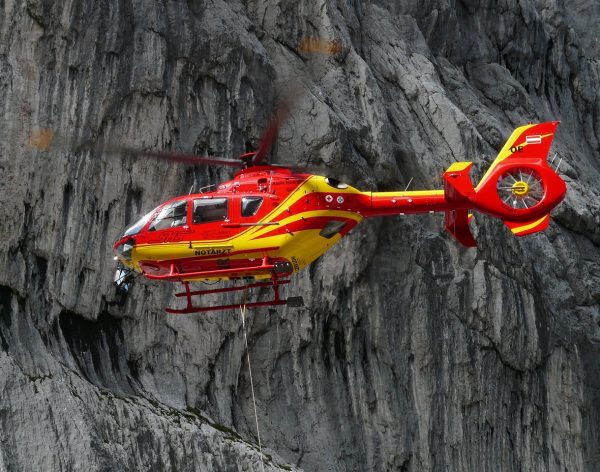Medical emergencies can happen anytime, anywhere – often when we least expect them.
From choking incidents to car accidents, these unexpected events require quick thinking and immediate action to prevent serious harm or even save lives. That’s why it’s essential to have a basic understanding of emergency first aid principles and techniques. Learning how to respond effectively to medical crises, you can empower yourself with lifesaving skills that will benefit your and those around you. Learn more detail about Akuttmedisinkurs.

When it comes to responding to medical emergencies, preparation is key. Having a well-stocked first aid kit on hand and knowing how to use its contents can make all the difference in ensuring timely and effective care. Get more detail about Legevaktskurs.
Additionally, investing time in taking a first aid course or becoming certified in CPR can equip you with the confidence and skills needed to handle potentially life-threatening situations.

A first aid kit should contain all the supplies you need to treat minor injuries and stabilize more severe conditions until professional medical help arrives. Some items that every first aid kit should include are adhesive bandages, gauze pads, antiseptic wipes, tweezers, scissors, gloves, a thermal blanket, and any personal medications (such as an EpiPen if someone in your household has allergies). Depending on your specific needs, you may want to add additional items like tourniquets, splints, or oxygen masks.
It’s also essential to regularly inspect and restock your first aid kit to ensure that all supplies are fresh and available when you need them most. Consider storing your kit in a readily accessible location, such as a kitchen cabinet or glove compartment, so that you can grab it easily during an emergency. Find out more detail about Ultralydkurs.
Many organizations offer first aid courses, from local community centers to national providers like the American Red Cross. These classes typically cover topics such as recognizing symptoms of shock, performing CPR, using automated external defibrillators (AEDs), and addressing common injuries like cuts, sprains, and fractures.
Cardiopulmonary resuscitation (CPR) is a critical skill that can significantly increase survival rates in cases of cardiac arrest or drowning. According to the American Heart Association, nearly 70% of out-of-hospital cardiac arrests occur at home, making CPR training particularly valuable for family members and caregivers.
During a CPR certification course, participants learn how to recognize the signs of cardiac arrest, perform chest compressions, deliver rescue breaths, and operate an AED. Classes usually take between four and six hours to complete and may involve both online instruction and hands-on practice sessions.
Being prepared for medical emergencies can bring peace of mind and reduce anxiety in stressful situations.
Knowing that you have access to essential first aid supplies and possess the necessary skills to administer proper care empowers you to act swiftly and confidently during a crisis.
Ultimately, preparing for emergencies isn’t just about reacting to unforeseen circumstances; it’s about proactively building resilience within ourselves and our communities.